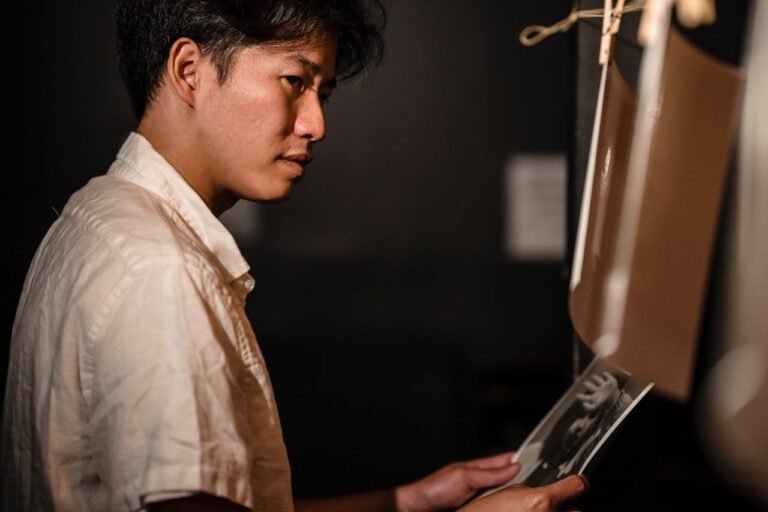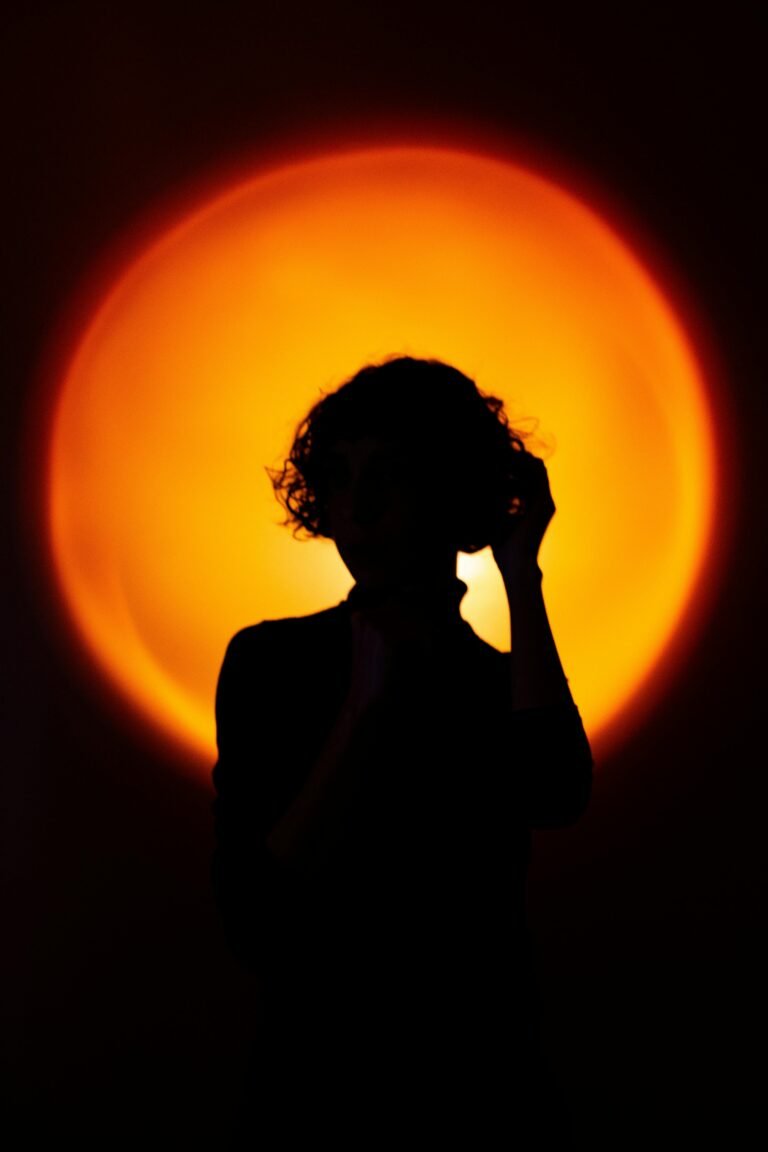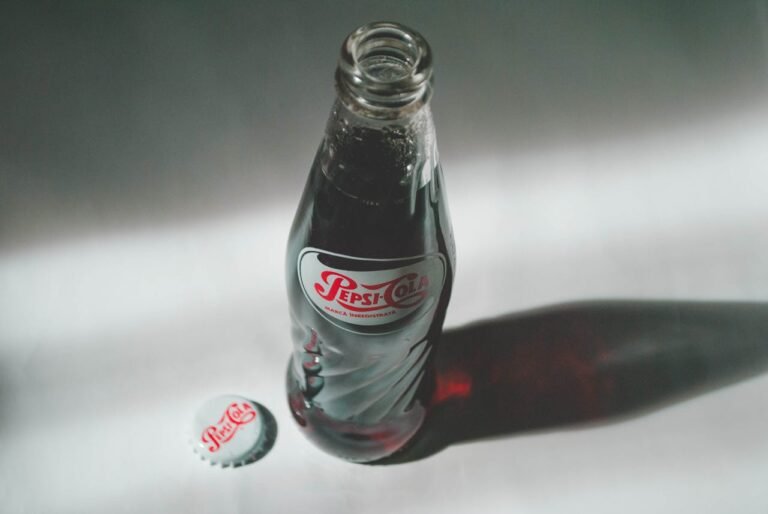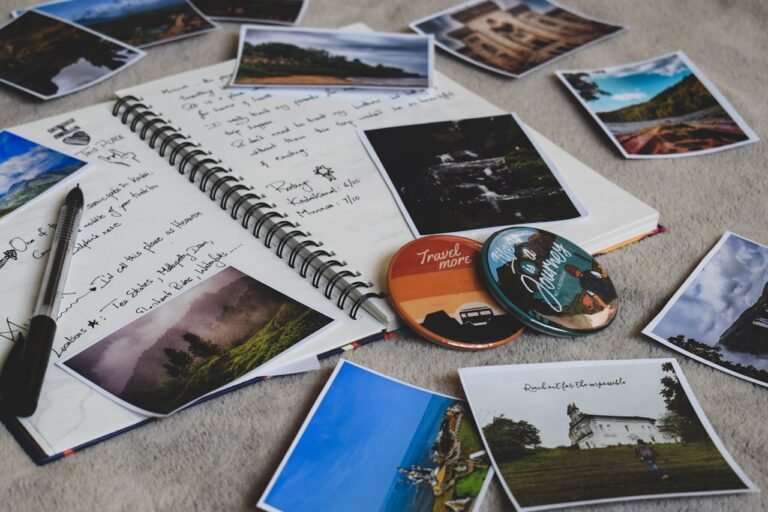5 Mirror-Image Techniques That Double Your Design Impact
Visual design is all about balance, rhythm, and storytelling. One of the most underrated methods that dramatically boosts design aesthetics is the mirror image technique. When used smartly, mirrored images can amplify emotions, draw attention, or convey deeper meaning — all while creating that irresistible “wow” factor.
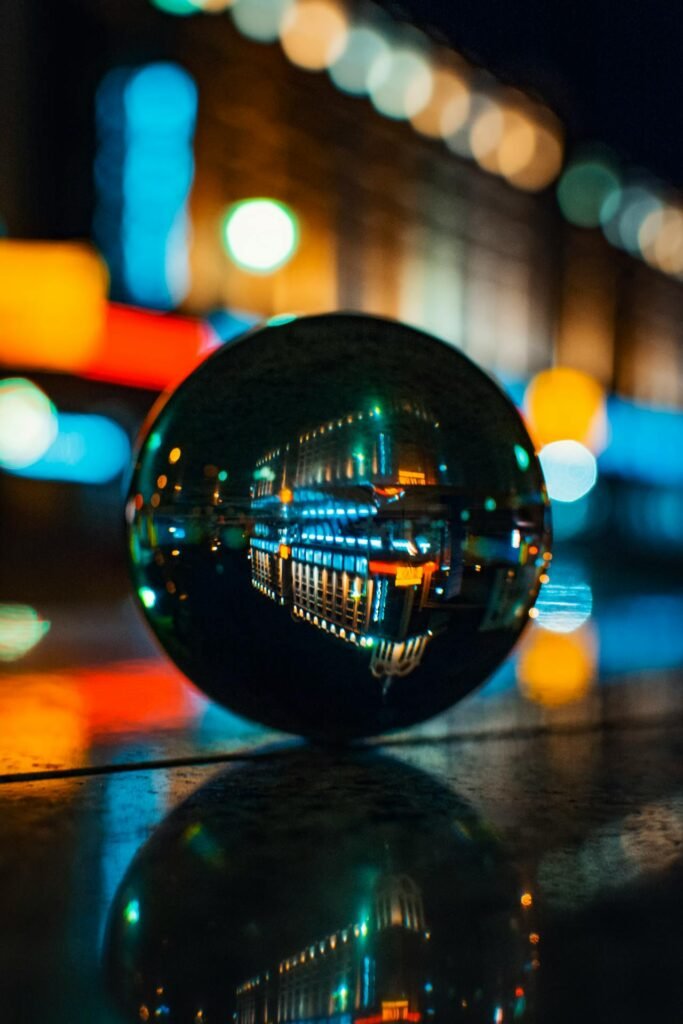
🧭 Table of Contents (Mirror Image Use-Cases & Tools)
| Technique | Purpose | Ideal For |
|---|---|---|
| Horizontal Mirroring | Creates symmetry | Fashion, product photos |
| Vertical Mirroring | Adds drama or surrealism | Posters, artistic edits |
| Kaleidoscope Effect | Abstract repetition | Album covers, art |
| Split-Personality Design | Duality concept | Mental health awareness, branding |
| Environmental Reflection | Adds realism | Landscapes, travel photography |
1. Horizontal Mirroring: Your Shortcut to Symmetry
Horizontal mirroring is probably the most common — and the most effective — mirror technique. It reflects your image along the vertical axis, creating perfect symmetry. This type of design instantly feels more balanced and pleasing to the eye.
Why It Works:
Humans are naturally drawn to symmetrical visuals. It taps into our instinctive sense of beauty and order.
Best Used For:
- Fashion lookbooks
- Before-and-after transformations
- Product placement ads
Pro Tip: Combine a mirrored image with subtle lighting changes to avoid visual monotony.
2. Vertical Mirroring for Surreal & Cinematic Effects
Vertical mirroring reflects your image along the horizontal axis. The result? A surreal upside-down world or a dreamlike feel that challenges the viewer’s perception.
Where It Shines:
- Sci-fi or dystopian posters
- Album art
- Inspirational quote backgrounds
Design Hack: Add gradient overlays or blurred edges to blend the mirrored portion into your original background for a seamless visual illusion.
3. The Kaleidoscope Mirror: Abstract That Stops the Scroll
This involves multiple reflections around a central point, producing a geometric, kaleidoscopic look. It’s hypnotic, modern, and perfect for digital art or attention-grabbing thumbnails.
Popular With:
- Album covers
- EDM flyers
- Yoga and spiritual brands
Use With Caution: Too much symmetry can become overwhelming. Always pair it with whitespace or contrast areas to maintain balance.
4. Split-Personality Mirror: Duality in Design
This technique uses a clear mirrored division (half original, half flipped), often combined with different filters or color tones on each side. It powerfully conveys contrast, inner conflict, or dual personalities.
Great For:
- Mental health awareness visuals
- Identity-based campaigns
- Hero-vs-villain storytelling
Visual Tip: Try grayscale on one side and vibrant tones on the other to amplify the split effect.
5. Environmental Reflections for Natural Realism
Nature already gives us mirror-like effects — lakes, glass buildings, wet surfaces. Designers can mimic or enhance these reflections to make photographs more cinematic or dramatic.
When to Use:
- Landscape edits
- Travel photos
- Real estate visuals
Realism Matters: Ensure lighting and blur directions match between real and reflected parts. Small mismatches kill the illusion.
🔥 High-CTR Use Ideas for Mirror-Image Techniques
| Use Case | Description | Best Platform |
|---|---|---|
| Scroll-stopper Instagram reels | Split-image or surreal mirror effect | |
| YouTube Thumbnails | Kaleidoscope effect + title text | YouTube |
| Brand Identity Posters | Vertical split-personality effect | Pinterest, Blogs |
| Meme Backgrounds | Horizontal mirror of real-life scenes | Reddit, Twitter |
| Concept Art | Mirror + double exposure overlays | Behance, Portfolios |
🙋♂️ Frequently Asked Questions (FAQs)
1. What is a mirror image in design?
A mirror image duplicates and flips your original image along an axis, creating a reflected version — either horizontally or vertically.
2. Why do mirror effects attract more engagement?
Mirrored images trigger curiosity and a sense of harmony, making them more eye-catching in social feeds.
3. Can I use mirror image effects in memes or casual designs?
Absolutely. Memes often use horizontal mirroring to exaggerate expressions or create “face-off” formats.
4. What’s the best format to export mirror designs for social media?
JPEG or PNG, optimized for platform-specific dimensions (e.g., 1080×1080 for Instagram).
5. Do mirror-image effects work well in professional design?
Yes, especially when subtle and combined with proper spacing, color grading, and intent.
6. Is there a tool to apply mirror-image effects without Photoshop?
Yes! Pixfav offers a free online tool that lets you instantly mirror your images — no editing skills needed.
7. Can mirrored images be reversed later?
Only if you save the original separately. Otherwise, the mirrored version is permanent.
🎯 Conclusion: Double the Design Power, Half the Effort
Mirror image techniques offer one of the most visually compelling and psychologically effective tools in your creative arsenal. Whether you’re crafting dramatic posters, attention-grabbing reels, or mesmerizing profile pictures, these reflections can double your visual storytelling impact.
🔗 Bonus Tip: Use This Tool to Instantly Mirror Any Image
Want to try these techniques yourself?
Try the Pixfav Mirror Image Tool — it’s a free, instant mirror image creator where you can flip any image horizontally or vertically with a click. Whether you’re building social content or crafting cinematic edits, this tool makes it easy to experiment with link words like “reflection,” “symmetry,” or “duplicated design” to increase your visual depth.

